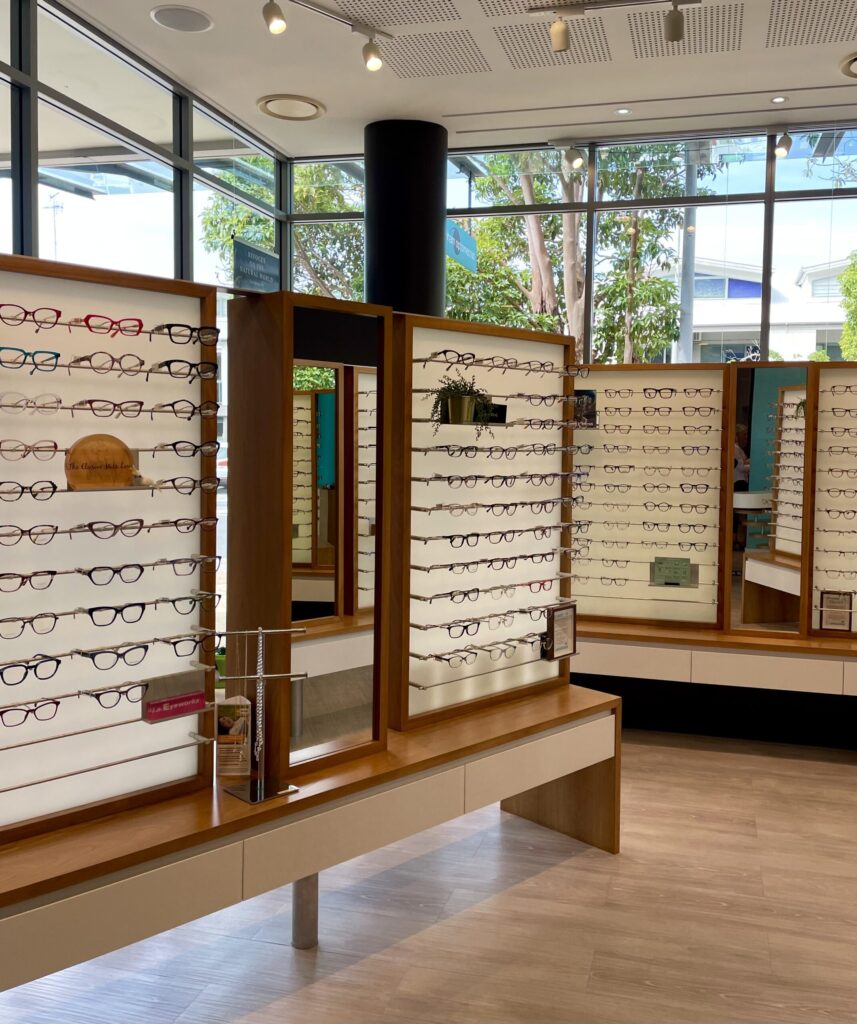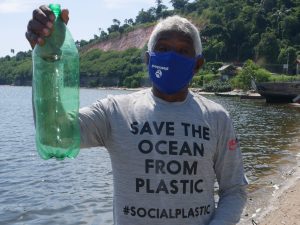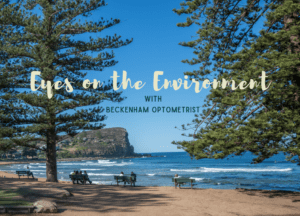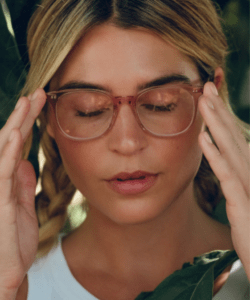Sustainability in the Optical Industry: why we’re pushing for it

If you have your eyes on our socials you’ll know we have our eyes on the environment. Optical products such as spectacles, sunglasses, and contact lenses are relatively small and more ethically produced than many other fashion items, so you might wonder why we are pushing for greater and more transparent sustainability practices in the optical industry? The reasons are two-fold.
Firstly, as an Australian small business we feel strongly that we must do our part for the continuity of our environment, as
Australia has the highest per capita greenhouse emissions in the developed world. It’s more than twice the OECD average and four times the world average – OECD
Secondly, the eyewear industry produces a significant amount of excess waste and consumes a significant amount of energy as well as water during production. Because of this, we feel the optical industry could be doing more to meet its ethical and environmental responsibilities.
Let’s take a closer look at frames…
For every patient’s frame or sunglass, there’s been a long journey from initial design and prototyping to mass production and transport, with the environmental cost building up at every step.
Most frames are made from a combination of metal and cellulose acetate (plastic). Each individual frame is cut from a sheet of acetate which then requires two holes; meaning up to 80% of the plastic used in the manufacturing process is wasted, unless of course a recycling process is in place. Once the frame has been milled from the acetate sheet, metal screws and hinges are fitted to build functionality and form into the frame; during the trimming process 20-30% of the metal is wasted. The completed frames are then fitted with blank lenses to ensure the frame doesn’t warp, which are usually discarded to create even more waste.
Unfortunately, all of this is also just the raw material component and doesn’t take into consideration the waste generated by the manufacturing processes itself.
What about contact lenses…
Contact lenses provide wearers with many more freedoms to enjoy, however incorrect contact lens disposal is detrimental to the environment. This is because contact lenses break down into microplastics in water treatment facilities. Unfortunately approximately 15-20% of disposable contact lens wearers flush their daily contact lenses down the sink or toilet every day, leading to a serious amount of plastic in the waterways. A distressing figure, given that more than 304,000 Australians wear daily contacts.
Once the plastic lenses reach wastewater treatment centres, microbes weaken the bonds in the plastic polymers of contact lenses, essentially breaking them down into microplastics, which pose a risk to marine and ultimately human life. Micro-plastics have been labelled as ‘toxic time bombs’ by Greenpeace; they are almost impossible to filter water systems and the environment, and they are non-biodegradable. Once in the water, they are hazardous to wildlife who ingest the plastics, the cycle continues as smaller fish are eaten by bigger fish and then by us. Unfortunately to make matters worse, plastic actually binds to chemicals in the ocean, making it more resistant to environmental degradation.
The way to avoid this is by simply disposing of contact lenses correctly, in waste bins!
What we are doing…
All of this feels rather overwhelming, which is why we are taking small tangible steps and making incremental changes in-store to help decrease our environmental impact. To learn more about what we do in-store and our sustainable brand partnerships, check out Rowena’s blog on Sustainability in Small Business.
Book an appointment with one of our lovely optometrists today, and feel good about your eye care, as well as your consumer choices!







